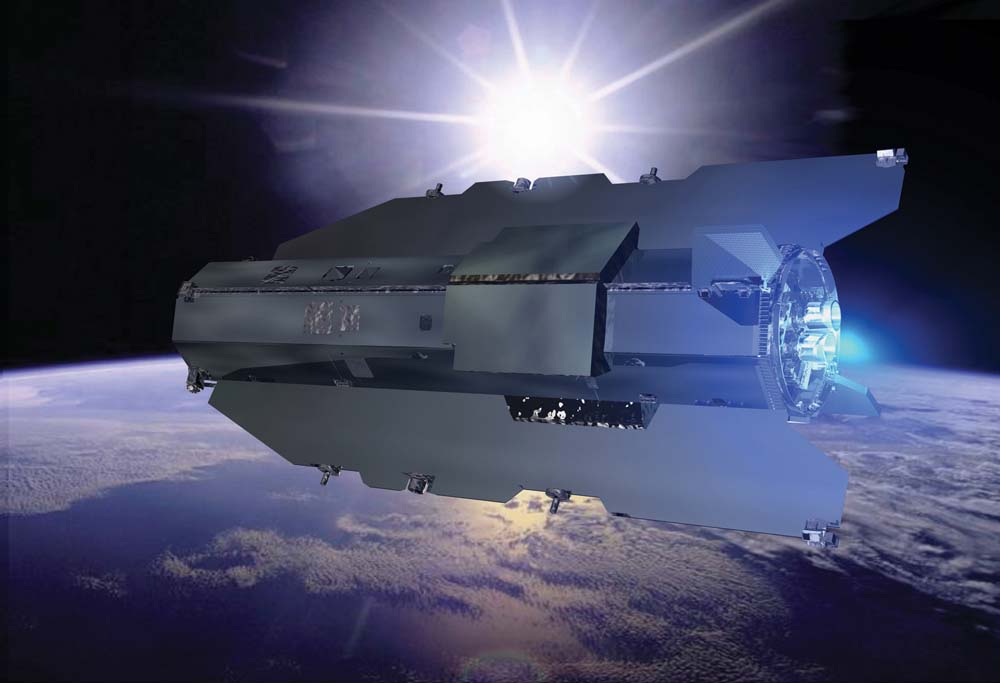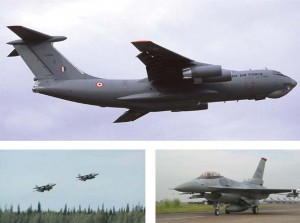 India missed out on the first industrial revolution and as a result, for centuries, we remained an agrarian society. A large part of our population continued to languish in poverty. Today, India is resurgent. The Indian economy is galloping, growing at the rate of eight to nine percent and possibly at ten percent very soon. India appears to be firmly poised on the road to economic prosperity.
India missed out on the first industrial revolution and as a result, for centuries, we remained an agrarian society. A large part of our population continued to languish in poverty. Today, India is resurgent. The Indian economy is galloping, growing at the rate of eight to nine percent and possibly at ten percent very soon. India appears to be firmly poised on the road to economic prosperity.
But there are two India’s. One that is the beneficiary of economic progress, and the other India, which is yet to taste the fruits of the economic boom. There is a huge section of our society that has been bypassed by the trickle-down effect. India‘s primary goal today is to lift the teeming millions out of poverty which can only be translated into reality through economic progress.
History is testimony to the fact that no nation has developed economically without the corresponding military strength.
History is testimony to the fact that no nation has developed economically without the corresponding military strength. The two are inexorably linked. Without peace and tranquility, the two essential prerequisites, sustained economic growth cannot be assured without adequate military power.In today‘s world, Aerospace Power is the most critical component of military power. Although there are examples in history such as Japan and Germany that have achieved high rates of economic growth without stated military power, nevertheless these nations were secure under the nuclear umbrella and the military might of the USA and even hosted American forces on their soil. India’s case has, however, been different. Adopting a policy of non-alignment in the post-independence era, we chose to tread an independent path. India, therefore, needed and continues to rely on its own military power to ensure national security to foster economic growth.
In the evolving geo-strategic environment in the world today, the centre of power-play is shifting to Asia. However, there is considerable uncertainty in the security environment around India. The Middle-East is in turmoil with seemingly insurmountable problems in Iraq and Iran. A number of oil-rich Sheikhdoms are politically unstable.
Consider the Indian Ocean region. Every state that has nuclear weapons has abiding interest and presence in this region. Nuclear China is politically stable, economically strong and is governed by a single party communist system. Is this the final political destiny of China? Perhaps not. India‘s political future on the other hand, is assured. It will continue to follow the Westminster model of the democratic system. In spite of our internal differences and other difficulties, India continues to be stable. However, we live in a volatile environment wherein the political future of a number of states continues to be uncertain.
One estimate says that while the global energy demand is rising at 0.5% annually, energy needs of India and China are rising at 8%.
We have long-standing disputes with Pakistan and China. In addition, the region is also threatened by non-state actors. The problem of terrorism is serious. We have in this milieu, a resurgent India, marching on the road to economic prosperity.
We must, therefore, focus on the economic realities. In the context of globalisation, the importance of trade and commerce is growing but is also generating new security concerns. What are the new threats? India has been preoccupied with a subcontinental threat perception emanating from Pakistan and China and had neither the inclination nor the time to look beyond. The time, however, has now come to do so.
 We also have fought wars with Pakistan and China. The terrain in Kashmir and on the Chinese front being mountainous inhibits the effective employment of armour. This is a serious limitation in operations by our land forces in the northern regions. I am not for a moment suggesting that our Army is lacking in any manner. Indeed the prowess of our Army has been demonstrated in Kargil. Both the Army and Navy have done us proud in our post-independence history. However, if the conflict is confined to the northern regions, the burden will be carried largely by the Army and the Air Force. The Navy will be in an indirect support role. Over the years, the military situation along the northern borders is trapped in a status quo, which given the terrain, is difficult if not impossible to change. However, if the political leadership desires change in the status quo, it can effectively be achieved by exploiting Aerospace Power. The terrain will not permit otherwise. This is the subcontinental reality.
We also have fought wars with Pakistan and China. The terrain in Kashmir and on the Chinese front being mountainous inhibits the effective employment of armour. This is a serious limitation in operations by our land forces in the northern regions. I am not for a moment suggesting that our Army is lacking in any manner. Indeed the prowess of our Army has been demonstrated in Kargil. Both the Army and Navy have done us proud in our post-independence history. However, if the conflict is confined to the northern regions, the burden will be carried largely by the Army and the Air Force. The Navy will be in an indirect support role. Over the years, the military situation along the northern borders is trapped in a status quo, which given the terrain, is difficult if not impossible to change. However, if the political leadership desires change in the status quo, it can effectively be achieved by exploiting Aerospace Power. The terrain will not permit otherwise. This is the subcontinental reality.
We need AWACS and more in-flight refueling aircraft. For controlling operations, we need radars, AWACS and extensive networking not only amongst IAF elements but with our maritime and land forces.
In the context of the new economic paradigms, we need to look beyond our boundaries if India‘s primary objective of rapid economic growth is to be realised. There is no alternative to economic progress. We need to look beyond our boundaries and address the various security concerns – economic security, trade security and energy security. On account of the growing economy, India has become an energy-hungry nation. One estimate says that while the global energy demand is rising at 0.5% annually, energy needs of India and China are rising at 8%. In the context of rising energy needs, energy security assumes critical importance. As bulk of our energy requirements are met through imports, our security concerns are no longer confined to our borders.
The redrawn strategic boundaries of resurgent India could extend from the Gulf to the Straits of Malacca and from the Central Asian Republics to the Indian Ocean. The enlarged strategic dimensions necessitate not only a radical change in our strategic thinking but also accentuates the role of Aerospace Power in the new security arena.
A few words on the changed nature of warfare. In the good old days our operational plans were drawn up on the basis of fairly standardised sequence of air operations at the commencement of hostilities. Air Power was expected to first neutralise enemy air power to establish command of the skies and only then undertake missions in support of the land battle which would have already begun. The next war may not conform to the familiar patterns of the past and we may not be able to predict with any degree of certainty as to what the new format would be like.
During the Indo-Pak war of 1965, on September 6, we opened the Lahore front. This is a seminal date in the history of India. Up to this date, conflict with Pakistan was confined to J&K. But through the action on the Lahore front, India made a statement that any attack on J&K would be an attack on India. The war in 1971 was fought with objectives unrelated to J&K and as such was in a different category. The more recent Kargil war was confined to a very small sector of J&K.




